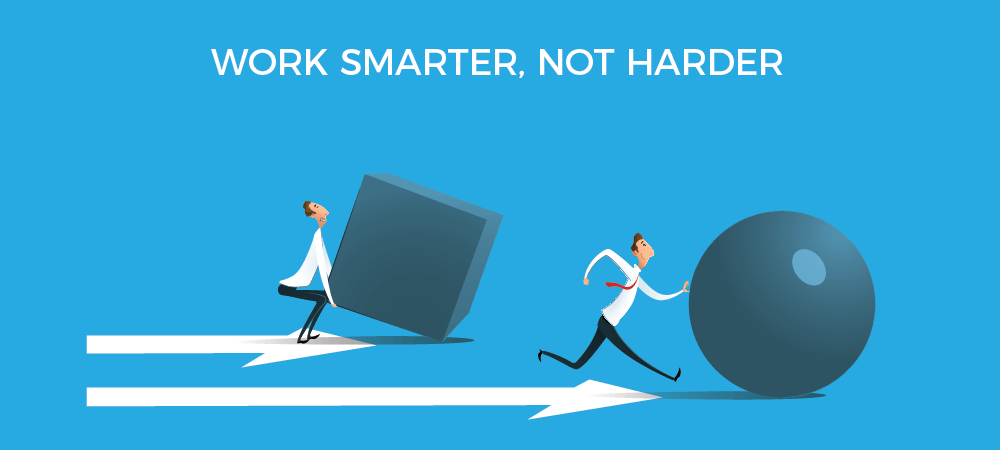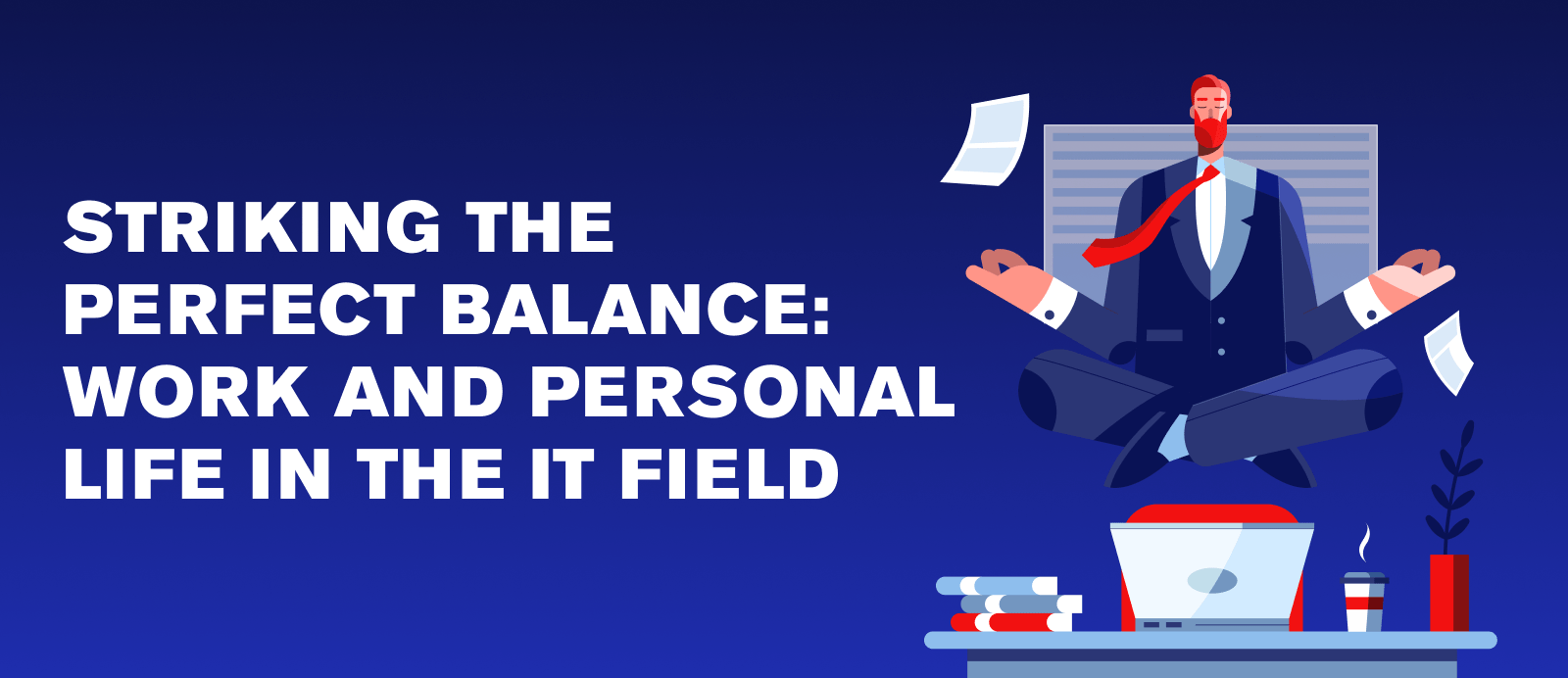One common misconception we’d like to dispel right from the outset is the notion that a balance means an equal division of time. A balanced life is less about splitting hours evenly between work and home and more about cultivating a fulfilling, stress-managed life where work and personal joy exist in harmony.
Rethink and Redefine «Balance»
Our first piece of non-obvious advice? Redefine what balance means to you. It is highly personalized, and what works for your colleague might not necessarily work for you. Consider your values, priorities, and life circumstances to find the right balance. This balance might also shift over time. Be open to re-evaluating and adjusting your definition of balance as your life and priorities change.
Set Realistic Expectations and Goals.
Working in IT means there will be periods of high intensity when big projects or problem-solving require your full attention. The key is to keep these periods from becoming your daily norm. Identify these intensive times and plan for them, compensating with periods of lighter workload when possible.
Work Smart, Not Hard
Working efficiently can often be better than working longer. Use project management tools and techniques that can boost your productivity. Try Agile methodology, which breaks work into smaller, manageable tasks or ‘sprints’ with regular periods for evaluation and readjustment. This approach can help you stay organized and avoid feeling overwhelmed.

Leverage AI and Automation
Automation isn’t just for big companies. Use AI and automation tools to take repetitive tasks off your plate. Tools like robotic process automation (RPA) can automate repetitive tasks. AI can even help make decisions based on data that would have otherwise taken you hours to conclude.
Master the Art of Delegation
If you’re in a leadership role, one non-obvious strategy is to master the art of delegation. Your role as a leader is to guide your team and make high-level decisions, not to do everything yourself. Develop trust in your team members and their abilities. You can free up time and reduce stress by delegating tasks appropriately.
Practice Mindful Transitions
When shifting between work and personal activities, having a transition ritual can help your brain switch modes. It could be a physical activity like a quick walk or a mental exercise like meditation. It helps to signal your brain that you’re moving from one set of tasks and responsibilities to another.
Cultivate a Hobby Unrelated to Tech
As tech professionals, getting sucked into a world where even our hobbies are tech-related is easy. However, it’s essential to have at least one hobby that’s unrelated to tech. It could be as simple as painting, gardening, cooking, or bird watching. These activities can help you unwind and provide a refreshing perspective.

Connect with Nature
The benefits of nature on mental well-being are well-documented. Something as simple as walking in the park or caring for a houseplant can have significant stress-reducing effects. Make it a point to connect with nature regularly.
Seek and Offer Support
Last but not least, feel free to seek support if you’re feeling overwhelmed. We’re all in this together, and it’s important to foster an environment where people feel comfortable discussing work-life balance challenges and solutions. Additionally, offer support to colleagues when you see them struggling. Sometimes, a simple conversation can make a world of difference.

These strategies will help you navigate the challenge of maintaining a healthy work-life balance in IT. It’s crucial to remember that while our work is essential, it’s just one aspect of our lives. Remember that we’re not just workers but also individuals with families, hobbies, and interests outside our jobs.
Remember, balance isn’t a one-size-fits-all concept. What’s important is finding a rhythm that suits you and brings you satisfaction in all aspects of your life. And remember to enjoy the journey while you’re at it! Here’s to striking the perfect balance in our tech-filled lives.
